MET MANTA MIPS – AERO ROAD STYLE AND MORE

The MET Manta Mips stands out for its style among aero road helmets. It showcases a clean, flowing shape, progressively cut and naturally placed vents, and a glossy, iridescent finish in the pearl white and metallic red options.
My fellow tester, Aiyana, was showered with compliments while wearing it.
But if good looks were all the MET Manta helmet was about, this would be a short review.
Fortunately, there’s more.
The Manta feels and is among the lightest aero road or maximum ventilation helmets we’ve tested, about 20-30 grams lighter than others at each size. It’s also relatively quiet when riding at aero speeds. Together that gives Aiyana the sensation that she’s riding without a helmet while cruising along the road.
Adding confidence to the helmetless feeling, the Manta uses a standard, yellow MIPS liner inside its shell. While not as functionally or visually integrated into the helmet as the latest generation MIPS designs, the one in the Manta is a proven safety system. The Virginia Tech helmet ratings organization hasn’t tested the Manta but gives every other MET road helmet model with the same system a 5* safety rating.
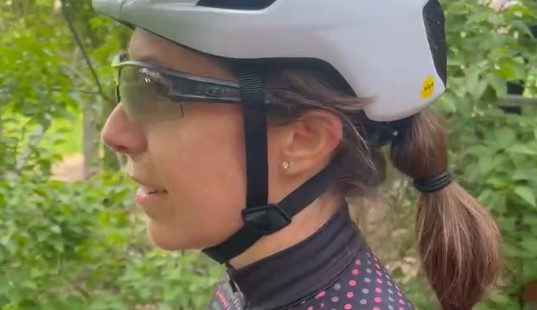 The MET Manta uses old-school threaded connectors, rather than sewn or fixed ones, to join the helmet’s down straps below your ears. This allows you to adjust the height and fore/aft position to get the straps and connectors in the most comfortable position for your jaw and neck.
The MET Manta uses old-school threaded connectors, rather than sewn or fixed ones, to join the helmet’s down straps below your ears. This allows you to adjust the height and fore/aft position to get the straps and connectors in the most comfortable position for your jaw and neck.
Once joined and adjusted, the MET Manta uses an uncommonly seen magnetic clasp to connect the left and right straps under the chin. It took Aiyana a while to get used to the clasp, which she found difficult when wearing full-finger gloves.
Regardless of the temperature, the Manta provides a Goldilocks level of temperature regulation. On colder days, there’s not so much ventilation that Aiyana’s head gets cold. On warmer ones, the vents do a good job of circulating the air to keep her from overheating.
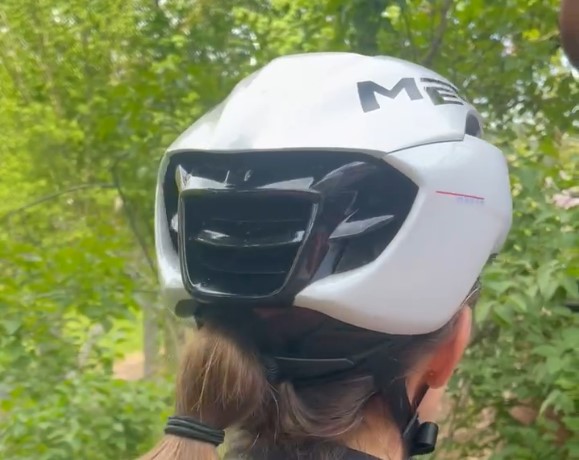 The black exhaust vents at the back of the helmet look like serious business. Despite sharing a glossy finish with the rest of the helmet, they look as though they are inserted into the Manta shell to serve the helmet’s airflow design rather than as a few extra vents that finish off the helmet.
The black exhaust vents at the back of the helmet look like serious business. Despite sharing a glossy finish with the rest of the helmet, they look as though they are inserted into the Manta shell to serve the helmet’s airflow design rather than as a few extra vents that finish off the helmet.
Regardless, the MET Manta vents work both functionally and aesthetically.
The cradle below the rear vents houses a circumference dial that Aiyana finds very well-integrated and easy to use. Likewise, the circumference strap the dial connects to is very comfortable. As a bonus, Aiyana’s ponytail fits comfortably below the rear vents and above the cradle.
Inside the MET Manta’s shell, the relatively dense, narrow pads attached to the MIPS liner are sufficiently comfortable. The forehead pad does a good job of absorbing any sweat while also drying quickly before the next ride.
The height-adjusting strap inside easily positions the Manta’s front lid to accommodate the variety of sunglasses Aiyana wears. The sunglasses also dock firmly in the front of the helmet when she’s not wearing them.
While the MET Manta, at US$300, £220, €260, is priced similarly to most of the other top aero road helmets these days, its style and lightweight sensation sets it apart from other well-fitting, comfortable, and fast options.
You can pick it up using this link to BTD (Bike Tires Direct) 10% off w/code ITK10 and Competitive Cyclist.
In The Know Cycling is ad-free, subscription-free, and reader-supported. If you want to help keep it rolling without any added cost to you, buy your gear and kit after clicking the store links on the site. When you do, we may earn an affiliate commission that will help me cover the expenses to create and publish our independent, comprehensive and comparative reviews. Thank you, Steve. Learn more.
You can compare this helmet to competitively performing models in my review of the Best Aero Helmet for Road Cyclists.
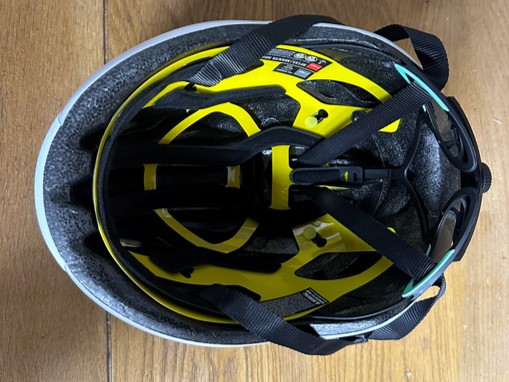
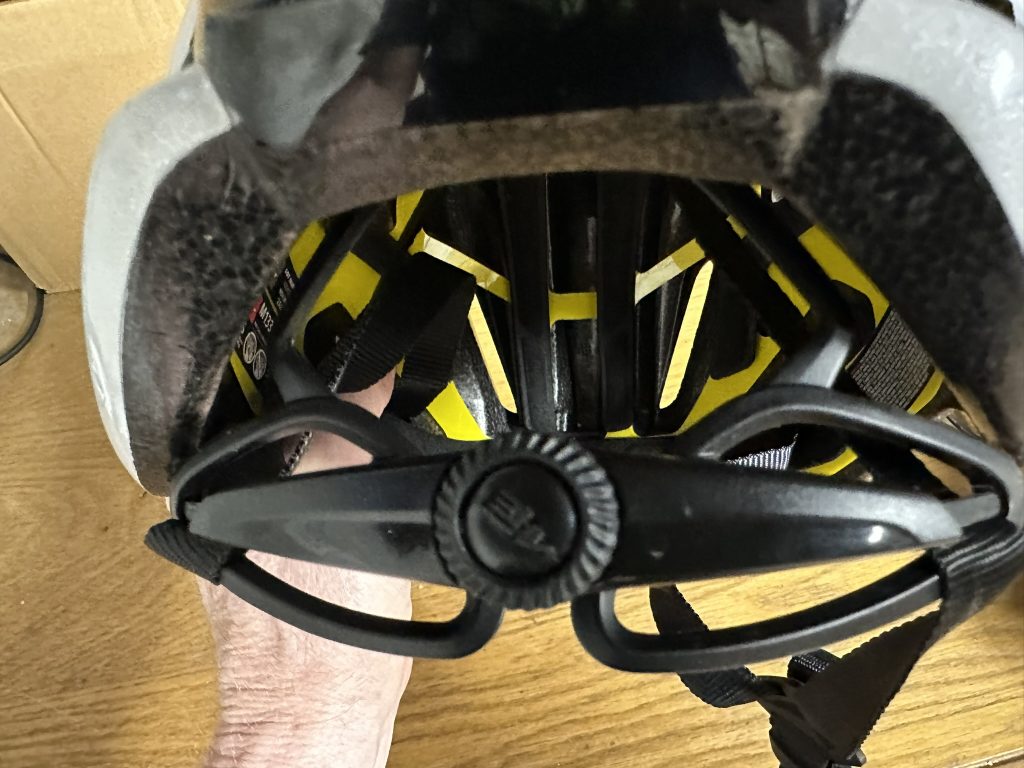
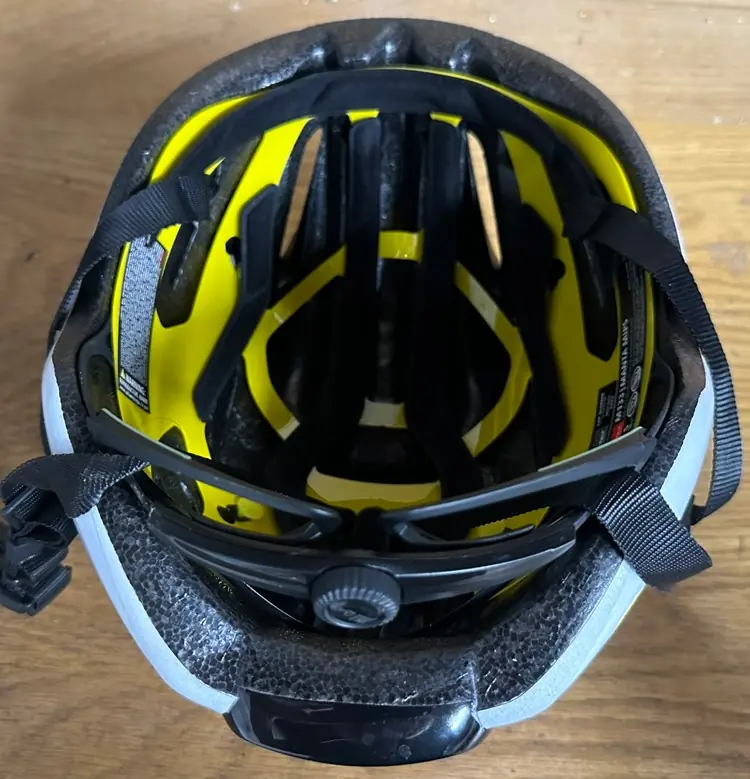
The obvious question to ask about the design of this helmet is whether the rear vents, given their prominence, give your head significant protection in the event of a fall in which the back of your head hits the ground/pavement. Of course, there’s going to be some protection but is it as good as that offered by the front and sides of the helmet? Without a safety rating to answer those design questions, I would take an immediate pass on this helmet. To say its MIPS system is similar to other helmets that got positive safety reviews is just sticking your head in the sand and ignoring the safety issues. And improved safety, after all, is what you want most from your helmet
Gary, I take your point but I’ll also note that a) no helmet is approved for sale in the US, EU, and other regions of the world without first getting safety approval by the country or regional consumer safety commissions. Indeed the MET Manta and Kask Elemento that we also reviewed around the same time weren’t available for sale in the US until at least a year after going on sale in the EU because the US consumer safety commission hadn’t completed their testing while the EU one had, b) neither the country/regional or VA Tech testing protocol tests for a strike directly to the back of the head. I don’t know why but I would suspect that is not a common way that cyclists fall, and c) while I should have made this clearer in the review, despite how the Manta rear vents look, they are integral to the EPS shell rather than separate inserted piece. The photos make this clear. If you look at aero road helmets across various brands, you’ll note that most have rear vents with a similar area, if not design of cutouts. See here: https://intheknowcycling.com/aero-helmet/ Cheers, Steve
I don’t why you “suspect” helmets are not tested for ability to protect from a fall to the back of the head. First, it would seem that a common fall scenario is pitching forward over your handlebars due to hitting an obstacle or applying brakes unevenly, which could place you at risk for landing on your back and striking the back of your head somewhat forcefully, given the rotation. Second, as I read the explanation of testing protocols posted by the U.S. Consumer Product Safety Commission (https://www.cpsc.gov/FAQ/Bicycle-Helmets) the test for “impact attenuation” involves repeat drops of the helmet (mounted on a form) to an anvil. To quote from the CPSC: “Make sure that a different part of the helmet hits the anvil each time. This means that you must adjust the head form after each drop.” This does not make clear what areas of the helmet are tested for “impact attenuation” nor does it rule out testing for the back of the head area of the helmet. What concerns me as a rider, is whether the construction of the vents provides the same “impact attenuation” as the crushable foam in the rest of the helmet. The examples of helmets you have pointed to does show a wide variation in the surface area provided for rear vents. How the vents are integrated into the rest of the helmet to preserve overall structural soundness would also appear to be a significant issue. I don’t see how I can just look at a helmet and make any deductions about the structural sounds of the connection of the vents to the rest of the helmet. One hopes the kind of drop test used by CPSC and similar agencies in other countries addresses this issue. To quote an article posted by REI: “According to data collected by the United States Consumer Product Safety Commission (CPSC), of the 446,788 sports-related head injuries treated at U.S. hospital emergency rooms in 2009, cycling was responsible for 85,389 of them. Football was second, with 46,948 head injuries. Experts in helmet testing presume that more people ride bicycles than play football. According to the Centers for Disease Control and Prevention, bike accidents cause 26,000 traumatic brain injuries to children and adolescents, annually.” Helmet safety is not a small issue. For the majority of riders it’s a much bigger issue than the aerodynamics of the helmet.